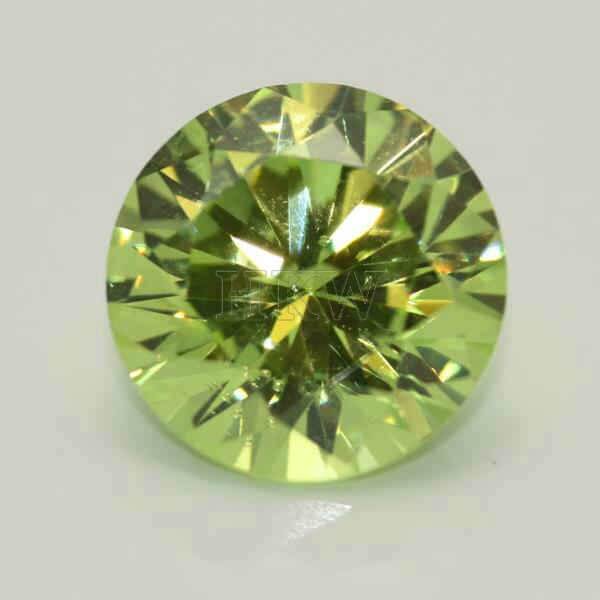The tradition of assigning specific gemstones to each month, commonly known as birthstones, is a captivating cultural practice that has stood the test of time. Delving into the rich tapestry of history, we uncover the fascinating journey of how this tradition came to be and explore the significance of birthstone by month, with a special emphasis on the enchanting world of orange gemstones.
Table of Contents
Origins of the Birthstone Tradition:
The roots of the birthstone tradition can be traced back to ancient civilizations, where gemstones were not merely ornamental but were believed to possess mystical properties and powers. The Breastplate of Aaron, a sacred religious garment mentioned in the Bible, is often cited as one of the earliest references to a connection between gemstones and specific months. The breastplate was said to be adorned with twelve gemstones, each representing one of the twelve tribes of Israel.
Ancient cultures across the globe, including the Babylonians, Egyptians, and Greeks, also ascribed special significance to certain gemstones based on astrological and spiritual beliefs. Over time, these associations evolved and merged, leading to the formation of the birthstone tradition as we know it today.
Birthstones by Month:
The modern list of birthstones, endorsed by organizations like the American Gem Society (AGS) and the Jewelers of America (JA), is a refined version that gained popularity in the early 20th century. Each month is linked to a specific gemstone, and individuals are encouraged to wear their corresponding birthstone as a symbol of good luck, protection, and personalized energy.
For instance, January’s birthstone is garnet, believed to bring warmth and prosperity. February is associated with amethyst, a gemstone thought to promote peace of mind and clarity. March claims aquamarine as its birthstone, a stone symbolizing courage and serenity. The list continues with diamonds, emeralds, rubies, and more, each carrying its unique set of meanings and attributes.
The Significance of Orange Gemstones:
While the majority of birthstones are well-known and widely recognized, the category of orange gemstones holds a special allure. Orange gemstones, such as citrine and fire opal, are not specifically assigned to a particular month, yet their vibrant hues and distinct properties make them a sought-after choice for those drawn to their warm and energetic appeal.
Citrine, often associated with November, is believed to carry the power of the sun, bringing warmth, success, and vitality to its wearer. Fire opal, on the other hand, is revered for its intense orange and red hues, symbolizing passion and creativity. Despite not having an exclusive month, these orange gemstones continue to captivate individuals seeking to express their unique personalities and embrace the positive energies associated with their vibrant colors.
Conclusion:
The birthstone tradition weaves together threads of history, spirituality, and personal expression. As we trace its origins, it becomes evident that this tradition has transcended time and cultural boundaries, offering a timeless connection to the mystical world of gemstones. Whether one adheres to the traditional birthstone list or opts for the allure of orange gemstones, the beauty and significance of these precious stones continue to enrich our lives, making each piece of jewelry a cherished symbol of identity and meaning.

